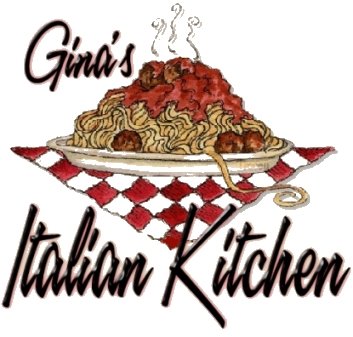1 small onion, diced
2 medium carrots, diced about the same size as the onion
2 tablespoons all-purpose flour
8 medium russet potatoes, peeled and cubed
4 cups milk, whole, reduced fat (2 percent) or low fat (1 percent)
2 chicken bouillon cubes, dissolved in 1/2 cup hot milk or chicken broth
1 cup half-and-half
1 teaspoon salt
1/4 teaspoon pepper
2 cups salted water
1 pound medium shrimp
Crumbled bacon bits, for garnish
Grated sharp Cheddar, for garnish
Dill sprigs, optional garnish
In a 4-quart saucepan, melt the butter and saute the onion and carrots until both are slightly tender, about 5 minutes. Whisk in the flour and cook for 1 minute. Add the potatoes, milk, and dissolved bouillon cubes. Cook over medium heat for 15 minutes, until the potatoes are very soft and some of them have begun to dissolve into mush. Add the half-and-half, salt, and pepper.
In a small saucepan, bring 2 cups lightly salted water to a boil. Add the shrimp all at once and stir well. Watch the shrimp closely; as soon as they all turn pink, about 2 to 3 minutes, turn off the heat and drain. The shrimp should be slightly undercooked. When they are cool, peel them, and chop roughly into big chunks. Add the shrimp to the soup and stir well. Serve soup sprinkled with bacon bits and grated cheese. Garnish with dill sprigs, if desired.
Cook's Note: If you don't have access to shrimp, use corn.
Recipe courtesy of Paula Deen, The Food Network










